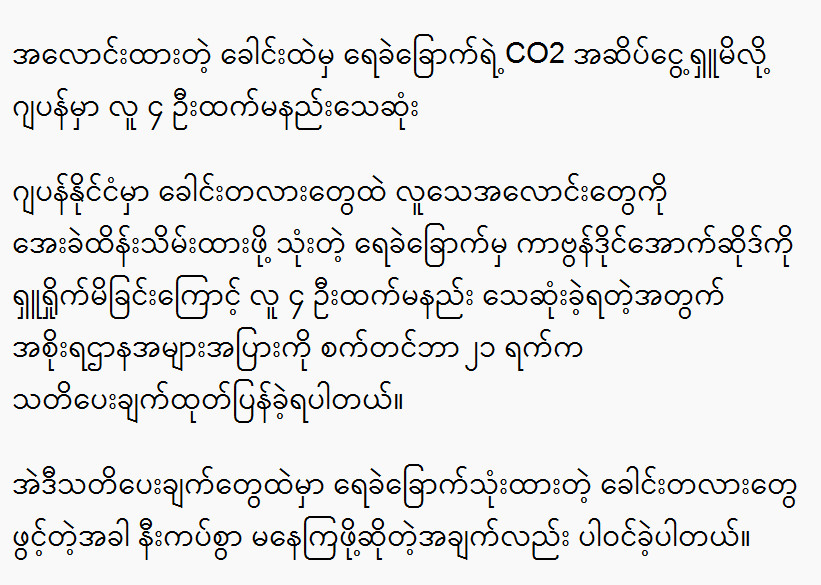Introduction to Plastic







Plastic is a material consisting of a wide range of synthetic or semi-synthetic organic compounds that are malleable and, therefore, can be molded into solid objects. Plasticity is the general property of all materials that involves permanent deformation without breaking. Polymers’ name is derived from their elastic and plastic properties.
Plastics are typically organic polymers of high molecular mass, but they often contain other substances. They are usually synthetic and most commonly derived from petrochemicals. However, today’s focus on the environment has led to a growing number of plastics derived from renewable materials such as polylactic acid from corn or cellulosics from cotton linters.
Plastics have been adopted in a significant and ever-expanding range of products thanks to their relatively low cost, ease of manufacture, versatility, and imperviousness to water. Plastics are everywhere in products as simple as paperclips or as complex as planes.
A significant source of diverse plastic material is available across a widespread manufacturing spectrum. One of the latest and exciting manufacturing domains is in 3D Printing. New applications for 3D Printing emerge almost daily, and a diverse array of plastic objects have already been produced using the 3D Printing process. The usages of these objects are mainly in prototyping labs, toys, mechanical gearboxes, medical prosthetics, and many more.
Material Engineers generally classify plastics by the chemical structure of the polymer’s backbone and side chains; some important groups in these classifications include:
Acrylics
Polyesters
Silicones
Polyurethanes
Halogenated plastics
For clarity purposes, we focus in this documentation on a set of representative polymers, also known as commodity plastics, standard plastics, or engineering plastics.
Generic plastic materials
Acrylonitrile Butadiene Styrene (ABS) is a terpolymer produced by polymerizing styrene and acrylonitrile in the presence of polybutadiene. Most applications can withstand temperatures between -20–80 °C (-4–176 °F). Typical applications include electronic equipment cases such as computer monitors, printers, keyboards, and drainage pipes.
Polyamide (PA) or nylon occurs naturally, for example, with wool and silk, synthetically as nylons, aramids, and sodium poly (aspartate). Industries such as fashion, automotive, carpet, or sportswear implement synthetic polyamides in the textile for their durable and strong properties. The transportation manufacturing industry is estimated to consume 35% of worldwide polyamide (PA) globally. Some key applications include fibers, toothbrush bristles, tubing, fishing line, and low-strength machine parts in engines or gun frames.
Polycarbonates (PC) belong to the thermoplastic carbonate-containing polymer group. Their solid and rigid properties and the transparency of some grades make them suitable for engineering. Additionally, their elastic properties make them easy to work, mold, and thermoform. Many applications such as compact discs, eyeglasses, riot shields, security windows, traffic lights, and lenses use, therefore polycarbonates (PC).
Polyester (PES) can occur naturally, such as in the cutin of plant cuticles, synthetically through step-growth polymerization such as polybutyrate. Natural polyesters and a few synthetic ones are biodegradable, but most synthetic polyesters are not. Polyesters can be found extensively in the clothing and textile industries.
Polyethylene (PE) is the most common plastic, with an annual global production of approximately 80-million tons. The packaging sector mainly uses it to produce plastic bags, plastic films, geomembranes, and containers (including bottles).
High-density polyethylene (HDPE), also known as polyethylene high-density (PEHD), is a thermoplastic derived from petroleum with a high strength-to-density ratio. The industry mainly uses it for detergent bottles, milk jugs, molded plastic cases, plastic bottles, corrosion-resistant piping, geomembranes, and plastic lumber. When used for pipes, it is sometimes called alkaline or polythene.
Low-density polyethylene (LDPE) is a thermoplastic made from monomer ethylene. First produced in 1933 by Imperial Chemical Industries (ICI), its manufacture employs the same method today. Also, its implementation remains widespread in outdoor furniture, siding, floor tiles, shower curtains, and clamshell packaging despite competition from more modern polymers.
Polyethylene terephthalate (PET), commonly abbreviated PET or PETE, is the polyester family’s most common thermoplastic polymer resin. Various industries utilize them in fibers to produce clothing, containers for liquids and foods, thermoforming for manufacturing, and with glass fiber for engineering resins. Brand names include Dacron, Terylene, or Lavsan.
Polypropylene (PP), also known as polypropene, is a rugged and corrosion-resistant addition polymer that belongs to the thermoplastic polymer group. After polyethylene it is the second most widely produced synthetic plastic. A broad spectrum of applications could utilize it, such as packaging, labeling, textiles, stationery, plastic parts, reusable containers, laboratory equipment, loudspeakers, automotive components, and polymer banknotes.
Polystyrene (PS) is a synthetic aromatic polymer made from monomer styrene and can be solid or foamed. General-purpose polystyrene is clear, hard, and relatively brittle, and inexpensive resin per unit weight. It is naturally transparent but can be colored. As one of the most widely used plastics, being produced in the millions of tons per year, industrial companies employed it for foam peanuts for packaging, food containers, plastic tableware, disposable cups, plates, cutlery, compact disc (CD), and cassette boxes.
High-impact polystyrene (HIPS) is a graft copolymer produced by mixing polystyrene with the stretchier polybutadiene rubber during polymerization, which results in high-impact polystyrene (HIPS), often called “high-impact plastic” in advertisements. It is commonly injection molded to produce toys, refrigerator liners, food packaging, and vending cups. One brand name is Bextrene.
Polyurethane (PUR and PU) is a polymer composed of organic units joined by carbamate (urethane) links. Although most polyurethanes are thermosetting polymers that do not melt when heated, thermoplastic polyurethanes are also available. Typical applications include cushioning foams, thermal insulation foams, surface coatings, and printing rollers. It is the most commonly used plastic in automobiles.
Polyvinyl chloride (PVC) is also known as PVC, polyvinyl, or vinyl and is the world’s third most widely produced synthetic plastic polymer after polyethylene and polypropylene. PVC is available in either a rigid (RPVC) or flexible form. Typical applications for RPVC include plumbing pipes, gutters, doors, window frames, and bank or membership cards. Common applications for flexible PVC include shower curtains, flooring, imitation leather, signage, phonograph records, inflatable products, and various applications replacing rubber.
